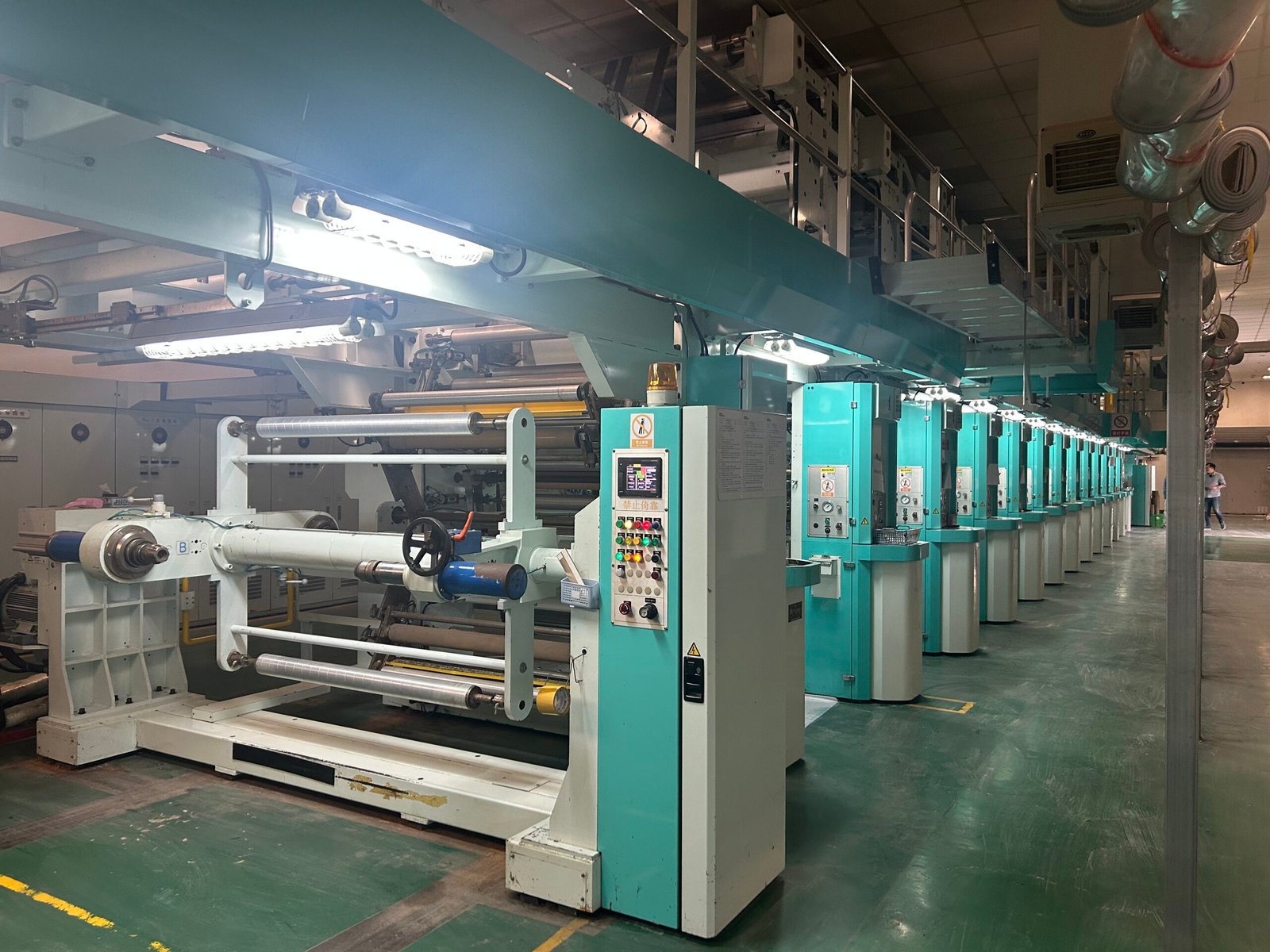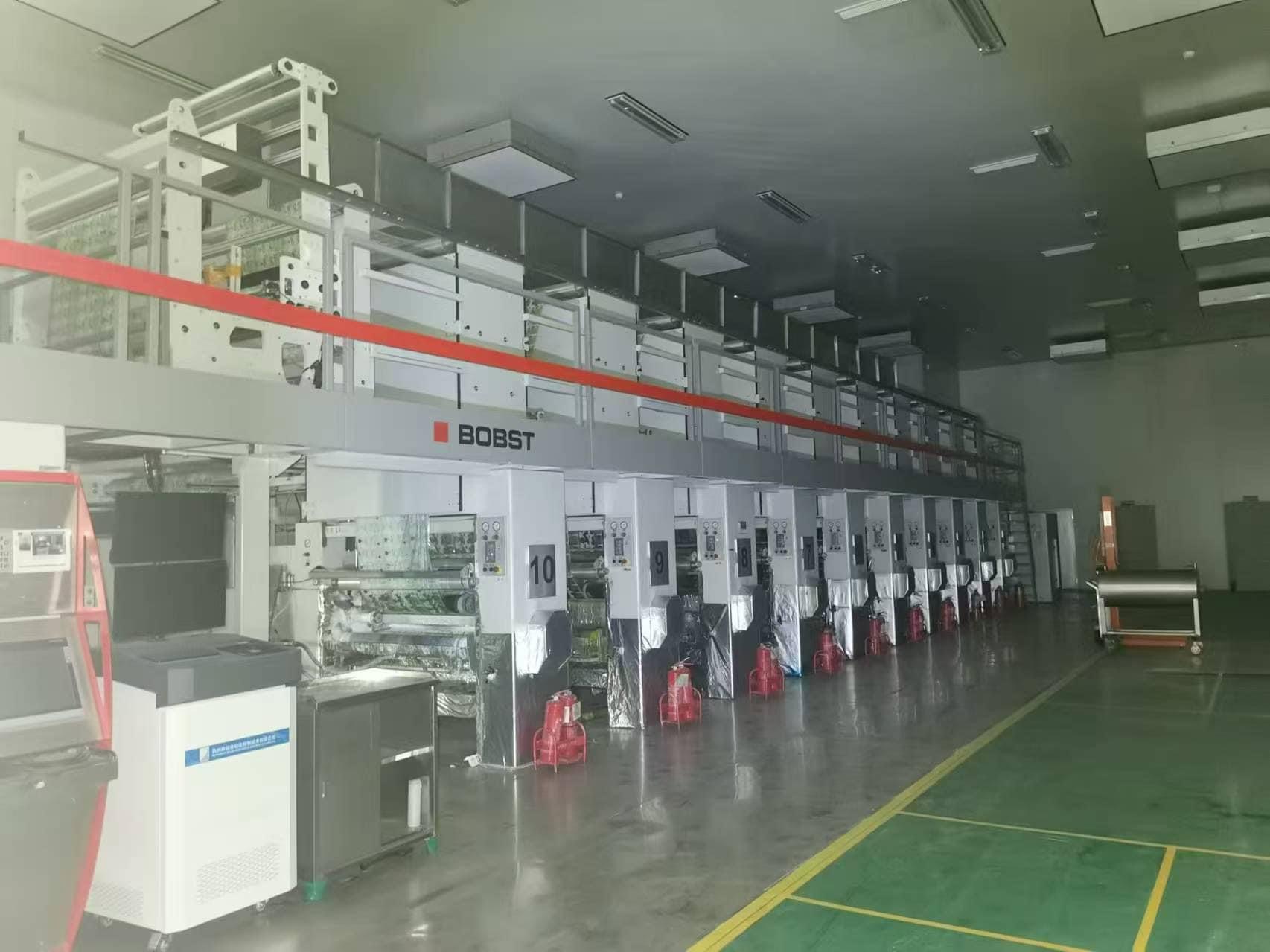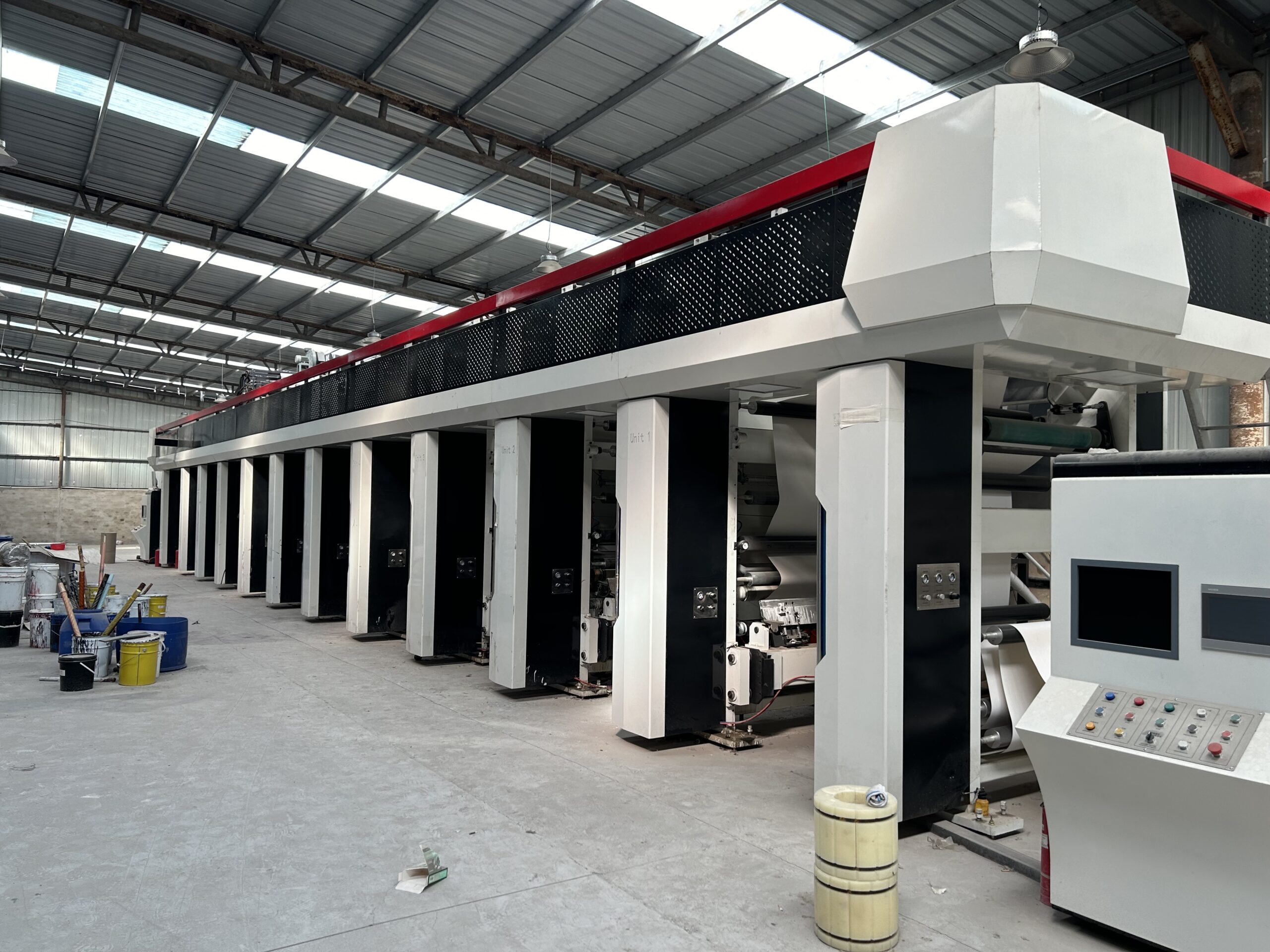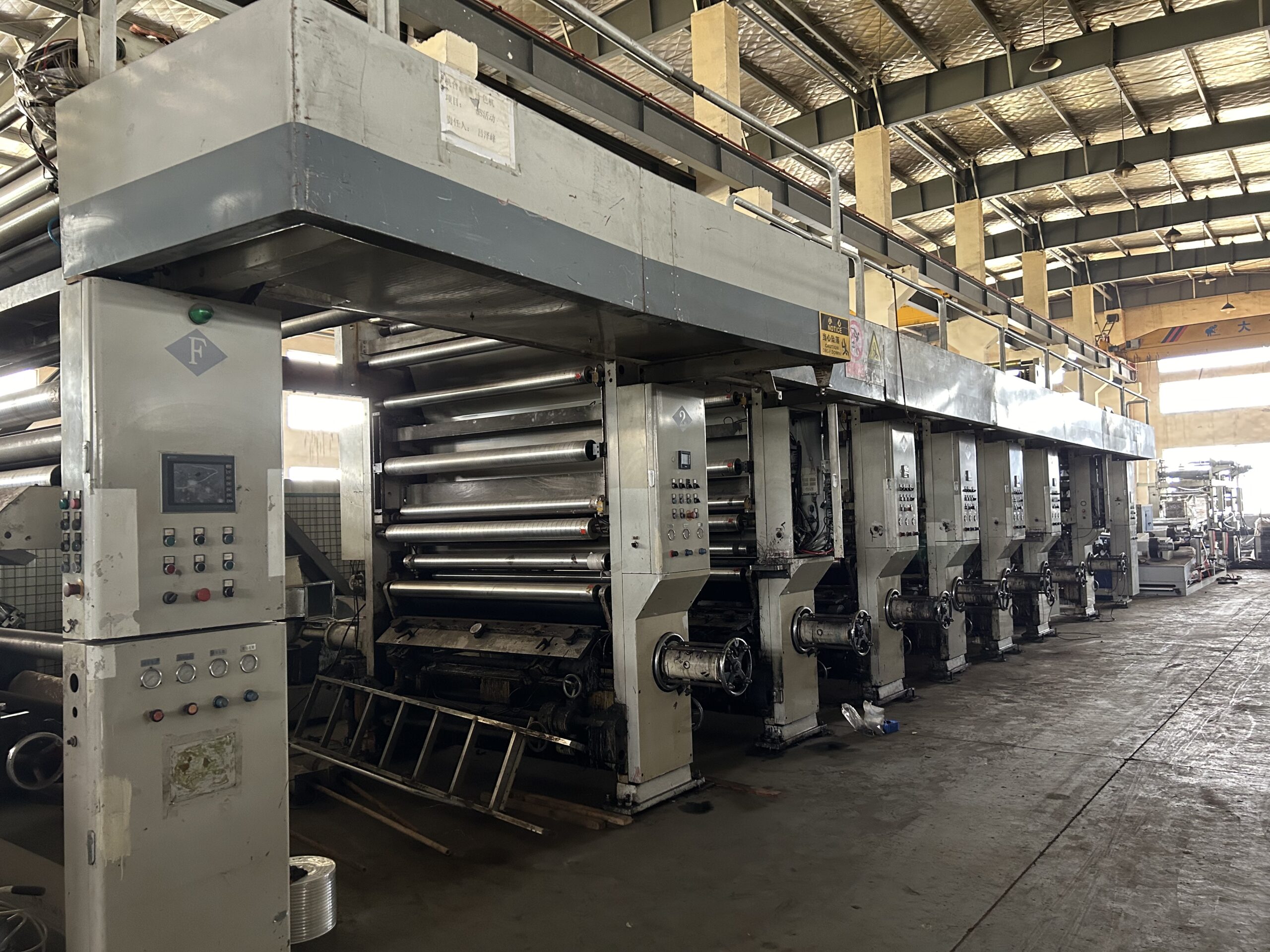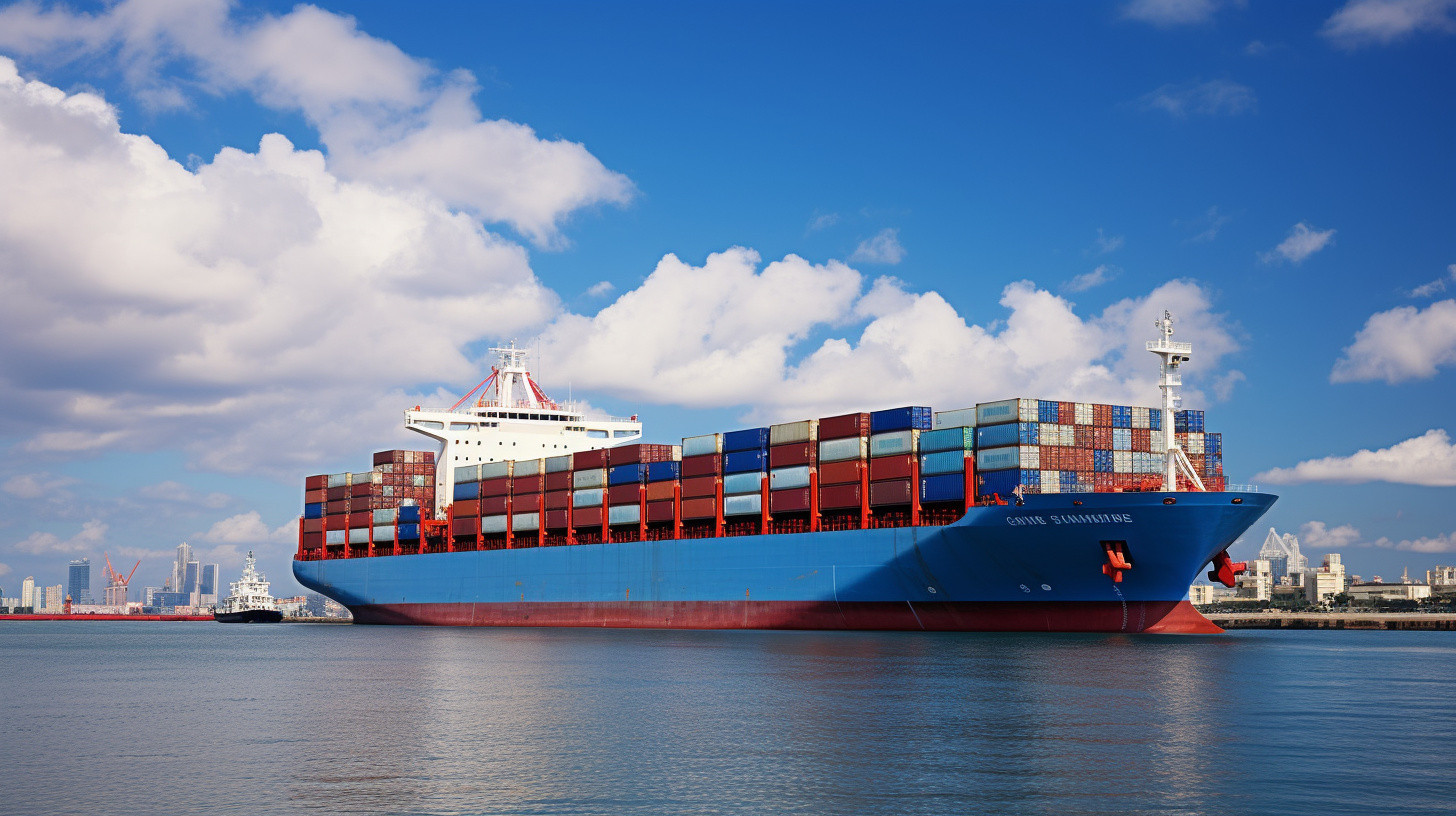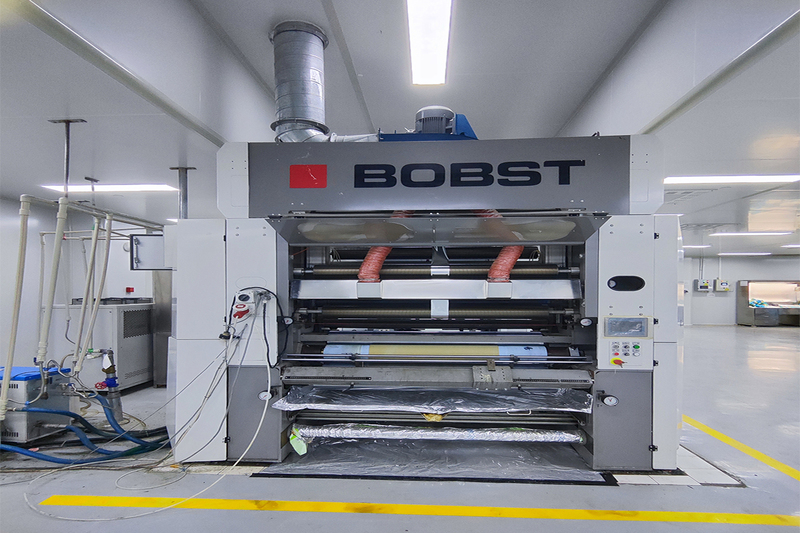| Name | Solventless Lamination Machine |
| Year | 2015 |
| speed | 350m/min |
In today's dynamic packaging industry, lamination plays a vital role in enhancing the visual appeal, durability, and functionality of various products. Two commonly used methods for lamination are dry lamination and solventless lamination. In this article, we will delve into the key differences between these two techniques, shedding light on their distinct advantages and applications.

Dry Lamination Machines: Dry lamination machines utilize adhesives that require the application of heat for bonding the layers together. This method involves applying a pre-applied adhesive or film onto one substrate, which is then bonded with another substrate using heat and pressure. Here are some key points to consider:
Adhesive: Dry lamination machines use adhesive films or water-based adhesives, which are coated onto one substrate before lamination. The heat activates the adhesive, ensuring a strong bond between the layers.‘’
Application: This method is widely used in industries such as food packaging, where there is a need for moisture and barrier properties. Dry lamination offers excellent resistance to oils, grease, and chemicals, making it suitable for applications involving liquids.
Advantages: Dry lamination provides high bond strength, excellent optical clarity, and superior printability. It offers versatility in terms of substrates, including films, foils, and papers. Moreover, the absence of solvents reduces environmental impact and allows for faster production speeds.
Solventless Lamination Machines: Solventless lamination machines, as the name suggests, do not require the use of solvents for adhesive bonding. Instead, they employ a two-component adhesive system, which initiates the bonding process through chemical reaction. Consider the following aspects:
Adhesive: Solventless lamination machines use a two-component adhesive that consists of a base component and a curing agent


